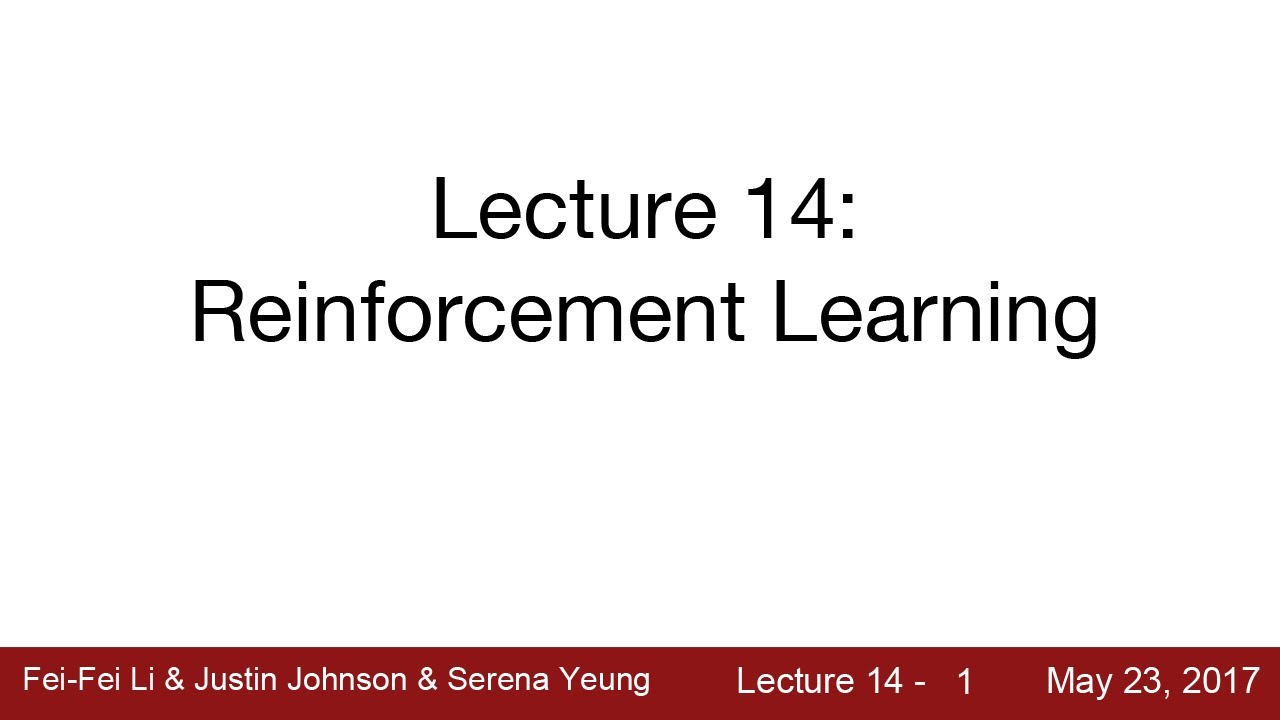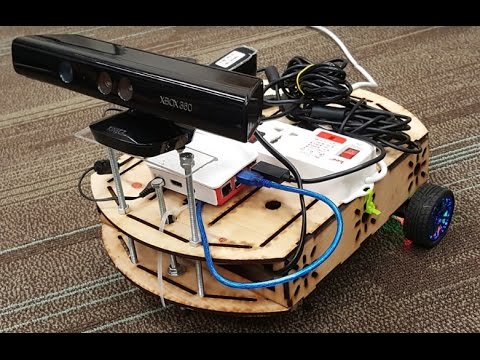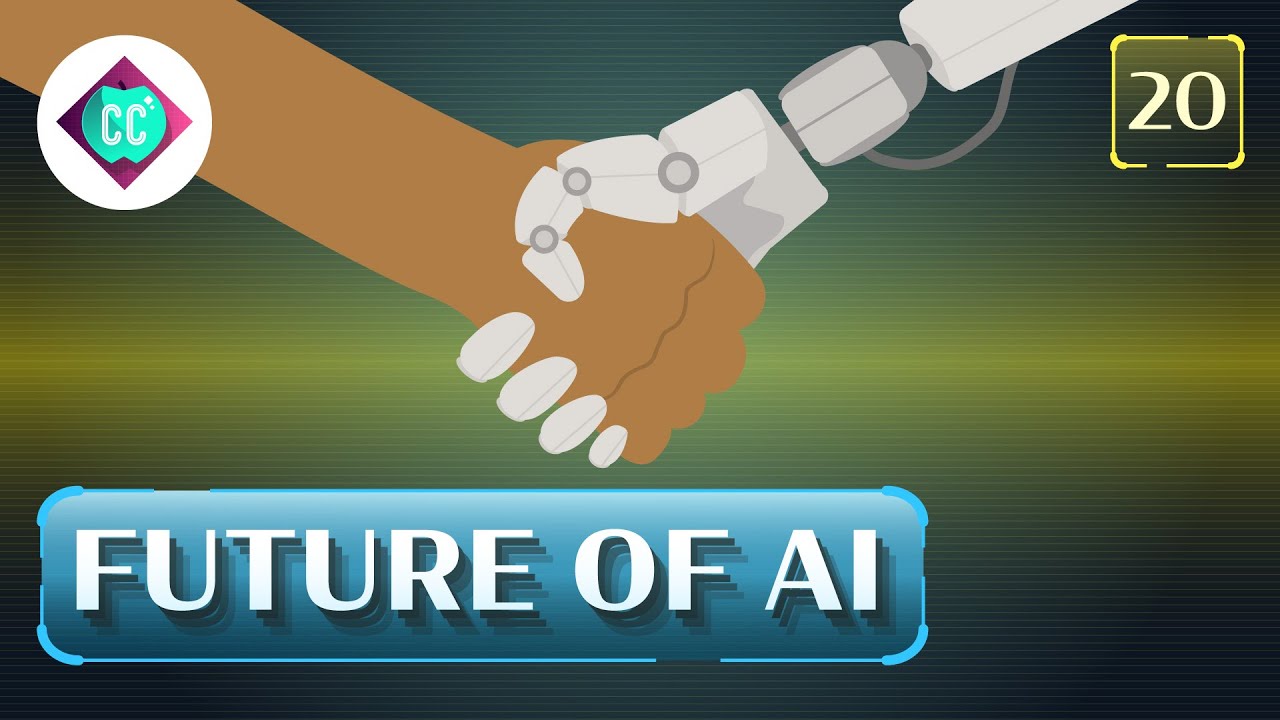Stanford University School of Engineering
In Lecture 14 we move from supervised learning to reinforcement learning (RL), in which an agent must learn to interact with an environment in order to maximize its reward. We formalize reinforcement learning using the language of Markov Decision Processes (MDPs), policies, value functions, and Q-Value functions. We discuss different algorithms for reinforcement learning including Q-Learning, policy gradients, and Actor-Critic. We show how deep reinforcement learning has been used to play Atari games and to achieve super-human Go performance in AlphaGo.
Keywords: Reinforcement learning, RL, Markov decision process, MDP, Q-Learning, policy gradients, REINFORCE, actor-critic, Atari games, AlphaGo
Slides: http://cs231n.stanford.edu/slides/2017/cs231n_2017_lecture14.pdf
————————————————————————————–
Convolutional Neural Networks for Visual Recognition
Instructors:
Fei-Fei Li: http://vision.stanford.edu/feifeili/
Justin Johnson: http://cs.stanford.edu/people/jcjohns/
Serena Yeung: http://ai.stanford.edu/~syyeung/
Computer Vision has become ubiquitous in our society, with applications in search, image understanding, apps, mapping, medicine, drones, and self-driving cars. Core to many of these applications are visual recognition tasks such as image classification, localization and detection. Recent developments in neural network (aka “deep learning”) approaches have greatly advanced the performance of these state-of-the-art visual recognition systems. This lecture collection is a deep dive into details of the deep learning architectures with a focus on learning end-to-end models for these tasks, particularly image classification. From this lecture collection, students will learn to implement, train and debug their own neural networks and gain a detailed understanding of cutting-edge research in computer vision.
Website:
http://cs231n.stanford.edu/
For additional learning opportunities please visit:
http://online.stanford.edu/
Source



